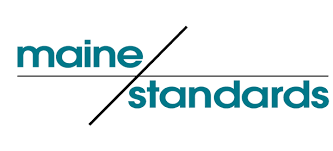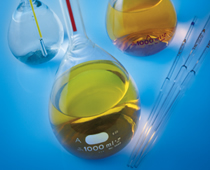Understanding the similarities and differences of the Clinical Laboratory Improvement Amendments (CLIA) and The College of American Pathologists (CAP) Accreditation Program is critical for most laboratories.
For example, did you know that reportable range is defined differently by the two? In this post, I’ll outline the variations in their definitions and criteria.
The United States Congress passed CLIA in 1988 to create laboratory standards that would ensure the accuracy and reliability of test results, regardless of which lab performed the test. Nearly 30 years before, The College of American Pathologists (CAP) first offered its Accreditation Programs. CAP Accreditation meets the CLIA standards, at a minimum.
Defining Calibration and Calibration Verification
Calibration, according to CLIA, is a process of testing and adjusting an instrument or test system to establish a correlation between the measurement response and the concentration or amount of the substance that is being measured by the test. The CAP definition differs. It describes calibration as the set of operations that establish, under specified conditions, the relationship between reagent system/instrument response and the corresponding concentration/activity values of an analyte.
Both CLIA and CAP explain calibration verification as a process to confirm that an instrument or system’s current calibration is valid throughout a determined range. They align on how verification is performed too. It must be done at least every six month, and it also needs to be completed when the set of reagents is changed completely to a new lot, after major preventative maintenance or critical parts are replaced, if quality control data show a change and, lastly, when recommended by the manufacturer.
To meet the CLIA standard, labs must perform and document verification procedures, including analyzing three samples in duplicate. The samples need to include a value near the lower limit, a mid-point value, and a value near the upper limit of the reportable range. CAP requires that each lab maintain a written policy and records consistent with the policy’s defined method, frequency, and limits of acceptability for each instrument/test system.
Commercial calibration verification kits, like those offered by LGC Maine Standard’s VALIDATE® product line, reduce the need to source patient samples and challenge the reportable range through a more widely accepted five levels.
Connecting Reportable Range, AMR, and Linearity
As I mentioned at the start, there is a distinction between CLIA and CAP in their descriptions of reportable range. Within its explanation of calibration verification, CLIA uses reporting range when referring to the span of test result values over which the lab can establish or verify the accuracy of the instrument or test system. CAP uses analytical measurement range (AMR) to describe the range of analyte values measured. While CAP pulls the AMR verification process out of calibration verification, CLIA includes it.
When verifying the reportable range, a key consideration is that a plot of measured values from test samples versus their actual concentration must be linear. Linearity is the relationship between a measurement’s final result and the analyte’s concentration, which is important because a plot of analyte concentration versus measurement signal from the instrument may not be linear.
Want to learn more about CLIA and CAP?
Having a solid understanding of individual definitions and criteria is vital to ensuring you meet the required CLIA standards and maintain CAP accreditation. Read more by downloading our white paper titled Defining Calibration Verification, Analytical Measurement Range (AMR), and Linearity by clicking on the button below.
Questions?
Call LGC Maine Standards Technical Support at 1-800-377-9684.
 Chris Cotreau is a Senior Product Manager at LGC Clinical Diagnostics.
Chris Cotreau is a Senior Product Manager at LGC Clinical Diagnostics.








